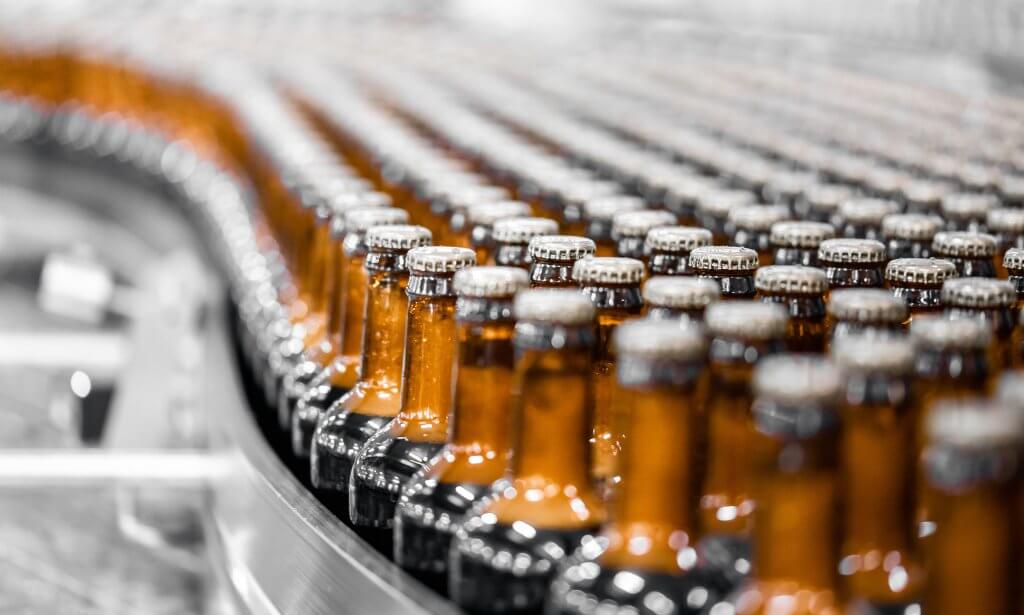
Simple Shipper was founded on the basic principle that the flow of alcohol through the three-tier system should not be a burden that the people who work hard to produce the alcohol have to deal with. We come from a background that includes producing alcoholic beverages, and we chose to create Simple Shipper so that we can work with you the way we wish a distributor could have worked with us!
With several new alcoholic labels being approved every day, the distribution piece of the three-tier puzzle is getting more and more complex because the number of distributors isn’t expanding along with the supply. That forces the hard-working people who supply the alcohol to stop what they’re doing and worry about the process of getting their product to the distributors. And that means they have to devote some time away from doing what they love most: producing delectable adult beverages.
We don’t think that’s right. And thus, Simple Shipping was born.

How it Works
It starts with someone purchasing a specific order of liquor for a pre-determined price. This person will say that they want a certain quantity of bottles of this type of alcohol, a certain quantity of bottles of another type of alcohol, and so on. Once the person has selected all the bottles of alcohol that he or she would like to purchase, the number at the bottom of the page is then calculated, with sales tax and shipping all included. The person will then sign the user agreement that states that they are 21 years of age or older and that they promise to drink responsibly.
Once the agreement is signed, a portion of the proceeds will then go to the e-commerce site that facilitated the sale, and another portion of the proceeds will go to the wholesaler. The order goes to the retailer, explaining who bought how much of what for how much money and listing the sales tax that came attached. At the end of each month, the retailer will receive a report detailing how many bottles of various alcoholic beverages were sold, as well as how much is owed in sales tax.
The distributor will then receive its portion of the proceeds, pay the state liquor tax, and then receive the report stating how many bottles of which types of alcohol were sold, and how much money is owed in taxes. When that’s all said and done, the supplier will receive the rest of the money in profits.
